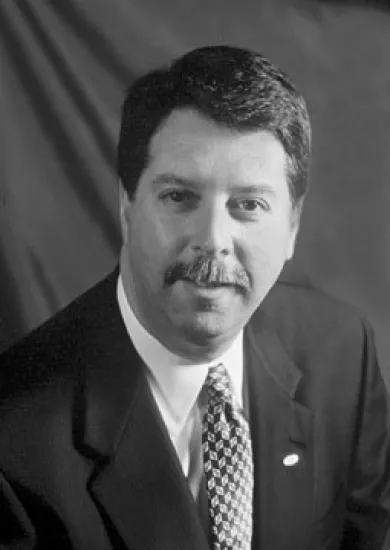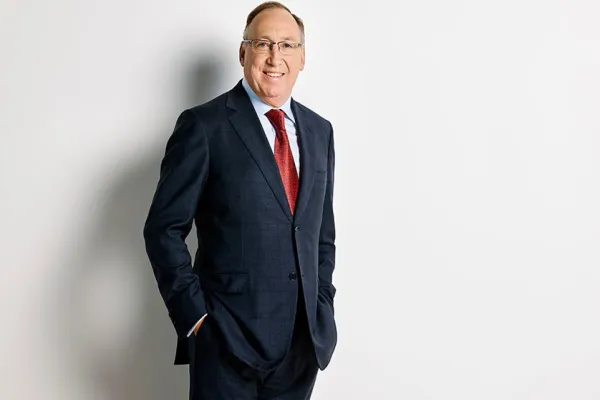If the old adage about bad publicity holds true, a New York-area college may have struck gold with its new business school head.
Hofstra University has named alumnus Salvatore Sodano, who left his post as chairman and CEO of the American Stock Exchange amid an options-trading investigation last January, the new dean of its Frank G. Zarb School of Business. Sodano earned his degree in accounting from the school in 1977, followed by an M.B.A. in 1983, and served as chairman of the university’s board of trustees until last year. For the past two semesters, he has also been executive-in-residence at the Zarb School, teaching a course in human relations and business, and serves on the advisory board of its Merrill Lynch Center for the Study of International Financial Services and Markets.
Hofstra President Stuart Rabinowitz picked Sodano after a national search. The Brooklyn native, who has lived on Hofstra’s home turf, Long Island, since he was a teenager, said he is “thrilled to have the opportunity.” Newsday reports compensation issues remain to be worked out, but money probably isn’t an issue for Sodano, who earned a $22 million compensation and retirement-benefits windfall when he retired from the AmEx.
“I’ve had nothing but excellent experiences at Hofstra,” Sodano said of his alma mater. “For the past two years, getting involved more specifically as a teacher was a very satisfying experience.”
Sodano said he expects to focus on fundraising and developing external relationships, to “integrate Hofstra into the business community,” both on Wall Street, just 20 miles from the school’s Hempstead, N.Y., campus, and globally. His goal is to “raise the notoriety and the profile of the school.”
His appointment should help out at least with the former. Sodano oversaw the AmEx during its difficult period under the National Association of Securities Dealers. An executive at the NASD at the end of 1998, when it acquired the AmEx, he was appointed acting president of the exchange before his election to the top job on a full-time basis. Following his heroic turn on Sept. 11, 2001, when Sodano attacked flames on the roof of the exchange building – just two short blocks south of the World Trade Center – with a fire extinguisher, things took a turn for the worse: During the second half of his tenure, Sodano was awash in negative press. The AmEx fought an increasingly one-sided battle against its bigger rivals while under fire for its antiquated technology. It also began to hemorrhage money and saw member seat prices plummet, falling about 80% since the late 1990s.
In June 2003, the Securities and Exchange Commission blasted the exchange’s oversight of options order handling, accusing its leadership of failing to abide by a 2000 agreement with regulators to repair its surveillance, regulatory and enforcement functions. In November 2004, Sodano and two other AmEx execs received Wells notices from the SEC, which notifies recipients that they may face civil charges. Sodano declined to comment on the investigation, and an SEC spokesman wouldn’t say whether he was still the subject of an investigation.
Following SEC approval of the NASD’s plan to sell the AmEx to its members in December 2004, Sodano announced his retirement. At the time, he said his departure from the exchange had nothing to do with the SEC probe.
Asked if his brush with the regulators had raised any eyebrows at Hofstra, Sodano would not comment, other than to say, “They’ve known me for a long time.”






